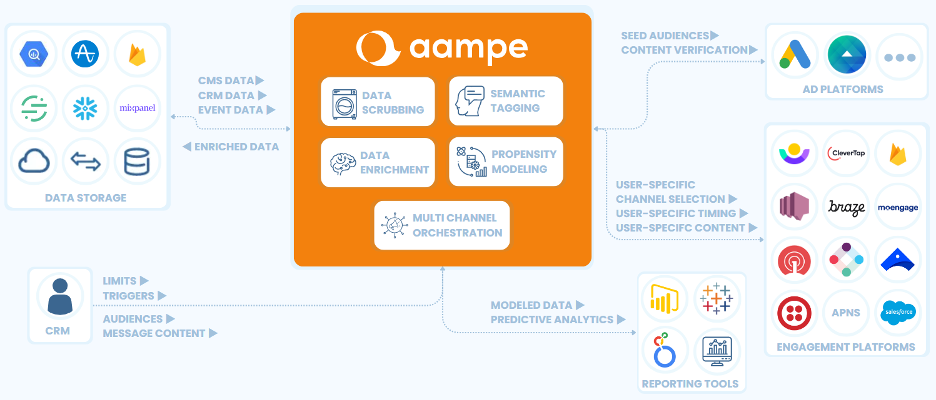Understanding the differences between ELT (Extract, Load, Transform) and ETL (Extract, Transform, Load) is essential for anyone working with large datasets in data science. The order of operations in these processes is crucial and directly impacts the efficiency and effectiveness of data integration strategies. In essence, both methodologies are deployed to move data from one or more sources to a destination, such as a data warehouse, where it can be used for analysis and business intelligence.
ELT is a process in which data is extracted from the source systems, immediately loaded into the target data warehouse, and then transformed as needed within the warehouse's processing power. This method leverages the capabilities of modern data warehouses that can handle large volumes of data and complex transformations. On the other hand, ETL involves extracting and transforming data before loading it into the data warehouse, which can be particularly useful when dealing with diverse data types or when a transformation must occur before data can be analyzed.
When choosing between ELT and ETL, several factors need to be considered, including the volume of data, the capabilities of your data warehouse, and the specific use case at hand.
What are Extract, Load & Transform?
In a nutshell, ELT is about moving raw data from its source to a data warehouse, where transformation happens within the warehouse itself. This is a key distinction from its counterpart, ETL, and is what makes ELT particularly suited for handling voluminous data in a time-efficient manner.
At the core of both ETL & ELT, there are three major steps:
Extract: Data is pulled from its original source, which can be anything from databases and CRM systems to social media platforms.
Load: The extracted data is then loaded directly into a target data warehouse without any prior processing.
Transform: Once in the data warehouse, the data undergoes transformation. This could include cleansing, aggregation, or manipulation, to make it useful for business intelligence and analytics.
This approach has several advantages. Firstly, it leverages the power of modern cloud data warehouses like Snowflake, Google BigQuery, and Amazon Redshift which are designed to handle massive amounts of data efficiently. Secondly, by transforming data within the warehouse, businesses can store raw data and only transform it as needed, offering flexibility in how data is used and analyzed.
Here’s a high-level comparison of the two different approaches:
Key differences between ELT and ETL
Process Workflow
The foundational difference between ELT and ETL is the order in which data is processed:
ELT: Data is extracted from the source, loaded directly into the data lake or warehouse, and then transformed as needed.
ETL: Data is extracted, transformed into a suitable format, cleaned, and then loaded into the data warehouse.
This variance in approach has significant implications on performance, flexibility, and the types of tools that are best suited for your data projects.
Performance and Scalability
ELT is typically more scalable and performs better with large datasets since the heavy lifting of transformation occurs within the data warehouse. Cloud-based warehouses like Snowflake or BigQuery have massive processing power, which can efficiently handle complex transformations on large datasets.
ETL, on the other hand, requires data to be processed before it's loaded into the warehouse. This can be an advantage for ensuring data quality and structure but may become a bottleneck with very large datasets.








